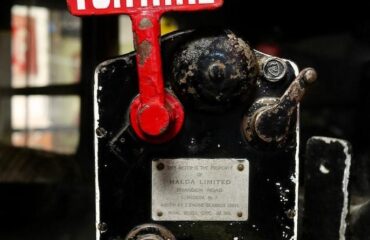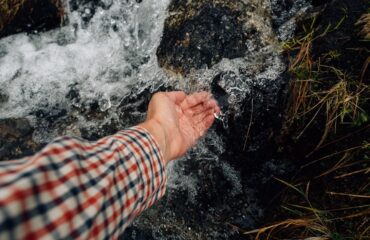Primary and secondary wastewater treatment is provided for. First, a mechanical method of purification from contaminants is used. Insoluble impurities and fibrous suspended matter are removed. Filtration removes first large, then small particles. Filter systems to protect water from alcohol pollution are installed at chemical plants.
Organic degraders are used to clean effluents when water is contaminated with protein organic compounds. Methods of absorption, coagulation, chlorination, ozonation help clean the effluents to an acceptable condition for discharge. They flow into rivers, lakes, reservoirs with minimal biological and chemical content.
Modern treatment methods are the most effective measure to preserve water bodies. The second way to improve the condition of effluents is the introduction of advanced technologies that reduce the volume of industrial waste. Switching to closed-cycle water use reduces consumption by up to 20%.
Environmental methods focus on reducing pollutants in open water bodies. These are:
- construction of barrier structures that prevent the movement of dirty runoff;
- the use of natural means to protect plants in adjacent fields;
- planting greenery along the banks, along nearby roads (leaves absorb lead, heavy metals, other pollutants);
- removal of dirty sludge deposits that poison the water body, absorb oxygen, and interfere with ecosystem restoration.
Water treatment at home
With proper waste management, it is possible to clean contaminated water before it enters the wastewater system. There are natural detergents that do not affect the ecosystem.
When using solvent, turpentine, and other chemical liquids, diligent landlords who have an autonomous wastewater treatment system. purify liquids from organic compounds. Drivers, technicians who keep their cars in order reduce oil waste, exhaust fumes, sulfur dioxide, lead compounds
Ecological rehabilitation of water bodies
Reducing river water pollution will allow the ecosystem to recover on its own. Ecological rehabilitation of water bodies is engaged at the regional level. The complex consists of several stages.
Preparatory stage
Survey works are carried out, hydrological assessment of the reservoir, its condition is done. The relief of the bottom and thickness of silt is studied. Comprehensive analysis of samples is carried out and pollutants are extracted.
Technical rehabilitation stage of the reservoir
Includes measures for mechanical cleaning of the bottom and banks. If necessary, silt deposits are removed. Provides for repair or construction of hydrological structures protecting against mudflows, liquid contaminants.
Biological rehabilitation stage
Stocking, populating of the water area with amphibians, microorganisms, molluscs contributing to the restoration of the hydrosystem.
Creation (restoration) of the coastal ecosystem
Creation of coastal landscape is envisaged to keep the water body clean. Complex landscaping, bank reinforcement with certain species of plants serving as a food base for water body inhabitants is done.
Complex improvement of the adjacent territory
Adjacent territory is planned to be leveled to eliminate dirty sewage. Potential unauthorized dumpsites are landscaped, containers for waste collection are installed.
To preserve the body of water, the prospects for using the resources of the restored body of water are being reconsidered to keep it free of pollutants.







